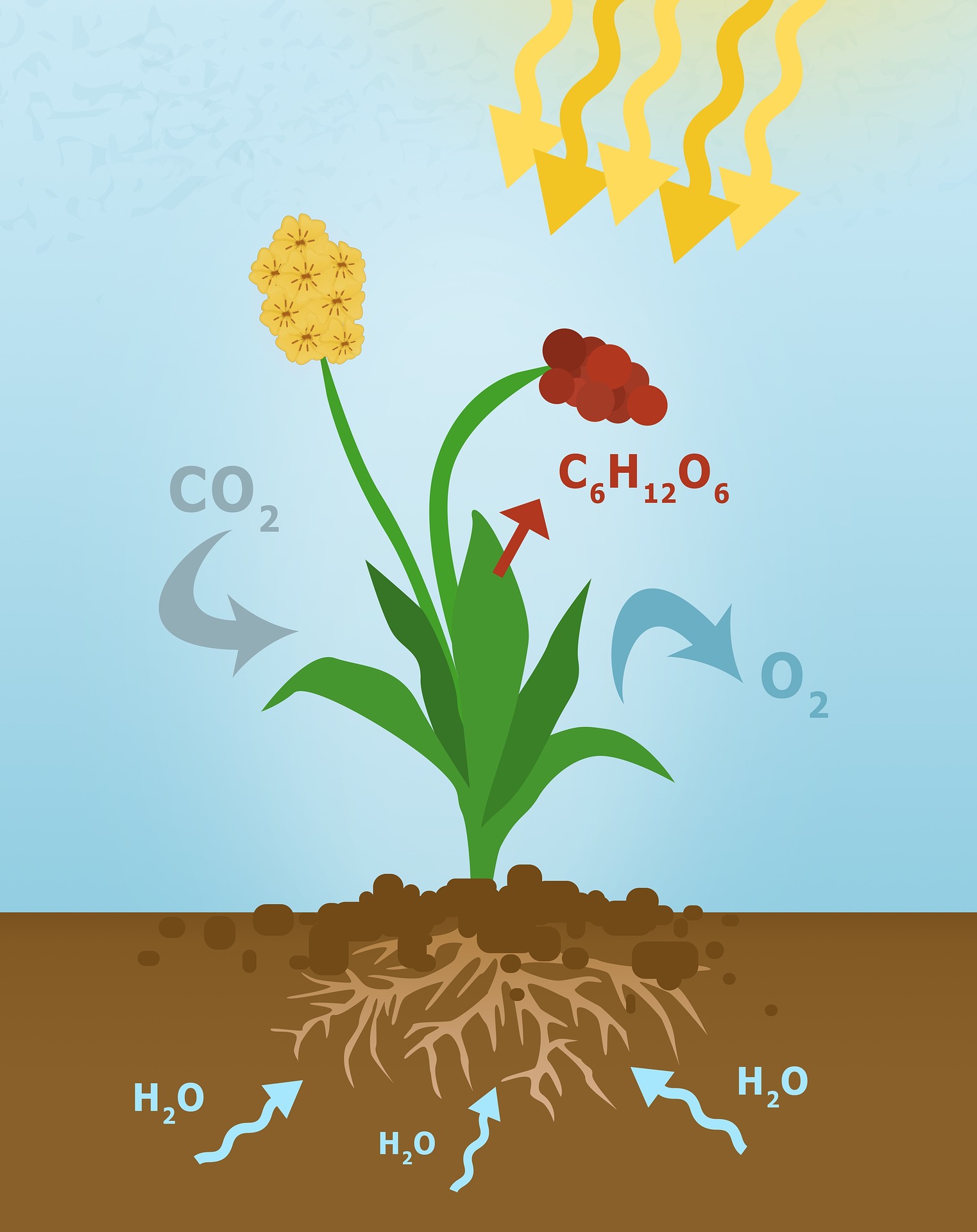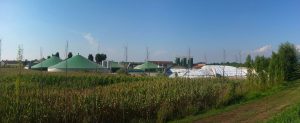
Photosynthesis, a fundamental process in the realm of biology, is the mechanism by which green plants, algae, and some bacteria harness the radiant energy of sunlight to convert carbon dioxide and water into glucose, releasing oxygen as a byproduct. This intricate dance of molecular reactions not only sustains the life of autotrophic organisms but also plays a pivotal role in maintaining the delicate balance of Earth’s ecosystems. In this exploration of photosynthesis, we delve into its molecular intricacies, its ecological significance, and the implications for life on our planet.

The Molecular Ballet of Photosynthesis:
At the heart of photosynthesis lies the chloroplast, the cellular organelle responsible for capturing light energy and transforming it into chemical energy. The primary actors in this molecular ballet are chlorophyll molecules, pigments that give plants their characteristic green color. Light in the red and blue regions of the electromagnetic spectrum is absorbed by these pigments, while reflecting green light, creating the visual signature of photosynthesis.
The process unfolds in two main stages: the light-dependent reactions and the light-independent reactions, also known as the Calvin cycle. During the light-dependent reactions, water molecules are splitted into oxygen, protons and electrons by using light energy. The liberated electrons embark on a journey through a series of proteins in the thylakoid membrane, generating energy-rich molecules like ATP and NADPH. These molecules serve as currency for the Calvin cycle, the second stage of photosynthesis.
The Calvin cycle takes place in the stroma of the chloroplast and carbon dioxide fixation into a three carbon compound is involved in this, ultimately leading to the synthesis of glucose. The elegance of this biochemical dance lies in its ability to seamlessly link the seemingly disparate worlds of light and chemical energy, creating a sustainable source of nutrition for plants and, indirectly, for all life on Earth.

Ecological Significance of Photosynthesis:
Photosynthesis is not merely a biochemical process confined to the cellular realm; it is a linchpin of ecological balance. The oxygen released as a byproduct of photosynthesis is essential for the respiration of organisms across diverse ecosystems. Terrestrial and aquatic life alike rely on this constant supply of oxygen to fuel cellular processes, creating a delicate interdependence between autotrophs and heterotrophs.
Furthermore, a crucial role is played by photosynthesis in the global carbon cycle. By fixing carbon dioxide into organic molecules, plants act as carbon sinks, mitigating the impact of greenhouse gases on the Earth’s atmosphere. Forests, in particular, are monumental carbon reservoirs, sequestering vast amounts of carbon through photosynthesis and helping regulate the climate. As human activities contribute to rising carbon dioxide levels, understanding and harnessing the potential of photosynthesis become increasingly vital for environmental sustainability.

Implications for Agriculture and Technology:
The study of photosynthesis has profound implications for agriculture and technology. Researchers strive to unravel the molecular mechanisms underlying photosynthesis to enhance crop yields and improve plant resilience to environmental stressors. The aim of genetic engineering and biotechnological advancements is to optimize photosynthetic pathways, potentially revolutionizing food production and ensuring global food security in the face of a growing population and changing climate.
Moreover, scientists explore the possibility of artificial photosynthesis, a process where human-made devices mimic the efficiency of natural photosynthesis to produce clean energy. These artificial systems could potentially harness solar power and convert it into storable energy, offering a sustainable solution to the world’s growing energy needs. As we grapple with the challenges of climate change and finite fossil fuel resources, unlocking the secrets of photosynthesis may pave the way for innovative solutions to our energy woes.
Conclusion:
Photosynthesis stands as a testament to the intricate beauty of life’s biochemical processes and its profound impact on the Earth’s ecosystems. From the molecular choreography within chloroplasts to its far-reaching ecological consequences, photosynthesis is a dynamic and essential force that sustains life on our planet. As we continue to unravel its mysteries, we unlock not only the secrets of plant biology but also potential avenues for addressing global challenges, from environmental sustainability to food security and clean energy production. In appreciating the green miracle of photosynthesis, we find inspiration for scientific exploration and technological innovation that could shape the future of our world.







